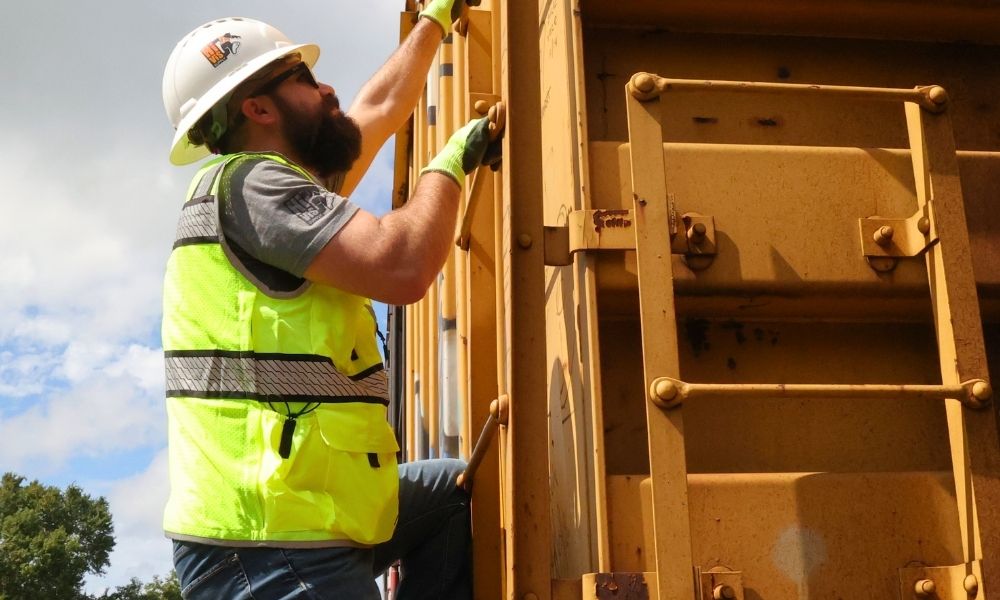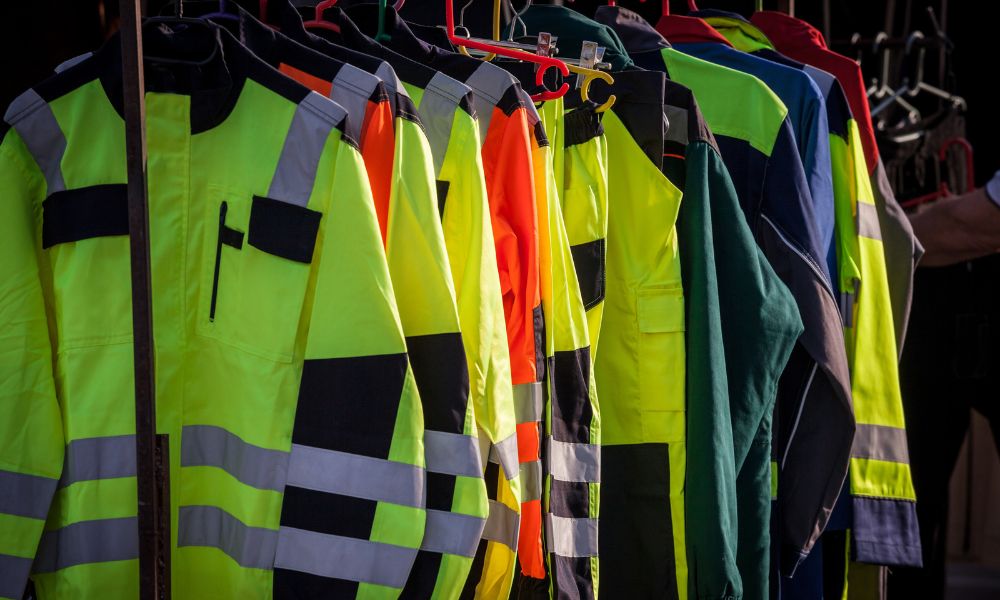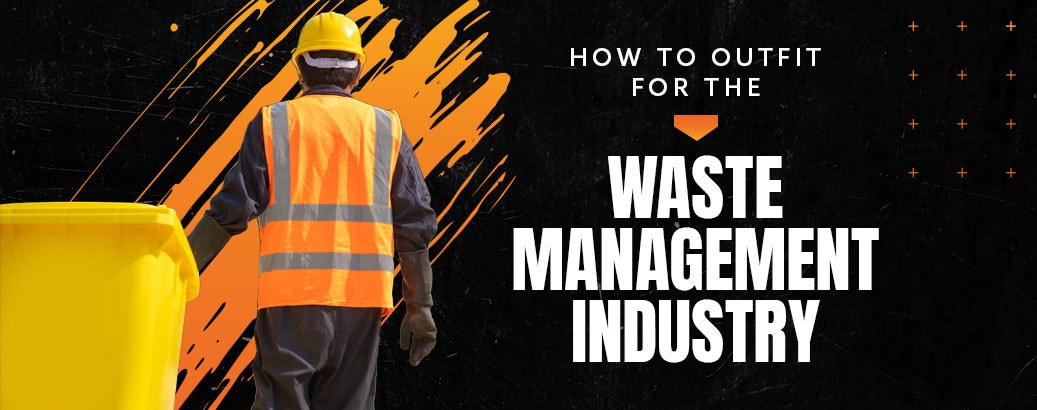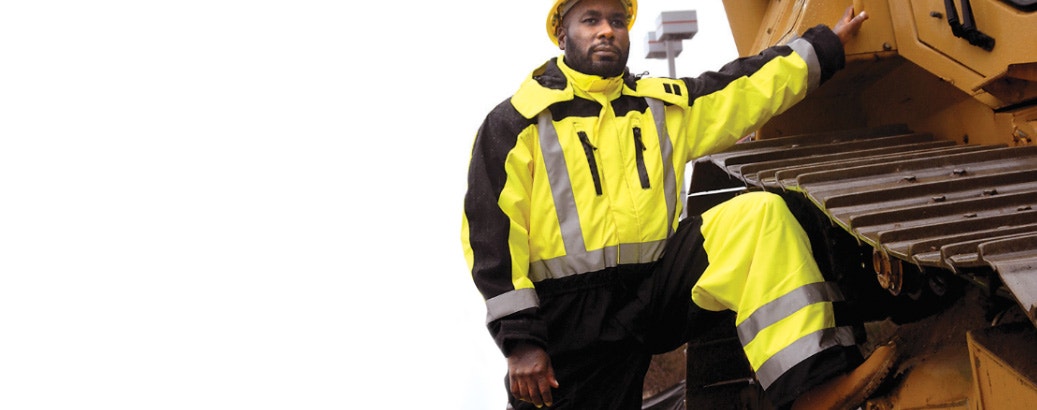Smart and Safe Ways to Reopen Your Construction Business During COVID-19
- By HiVis Supply
- Jun 10, 2020

The COVID-19 pandemic has changed the way we do virtually everything, especially the way we work. As construction professionals, we know that our jobs won’t stop in the face of this pandemic. Our work is essential, as we are responsible for building and expanding healthcare facilities and setting up makeshift clinics and testing stations to serve our communities. In many ways, we are crucial to battling this virus, so our work cannot stop for longer than it has to.


How has coronavirus affected the construction industry?
According to a survey from Construction Dive, the pandemic has left the vast majority (70 percent) of construction workers feeling anxious. A shortage of materials, sick workers, fewer clients, and government shutdowns are also holding the industry back as the pandemic worsens.
Follow All Guidelines
The Occupational Safety and Health Administration (OSHA) has released a set of guidelines specifically for the construction workforce. This, coupled with the general guidelines for businesses from the Centers for Disease Control and Prevention (CDC), should be your go-to resources for how to stop the spread of the virus while getting back to normal. The key takeaways are:
1. Provide and encourage the right safety gear. Encourage workers to wear coverings over their nose and mouth to prevent the spread of the virus. If possible, provide a face gaiter or mask for each employee. Continue all other safety measures, including wearing your normal personal protective equipment.
2. Clean and disinfect all tools and equipment using cleaners that kill the virus. To find out which ones are effective, reference the Environmental Protection Agency (EPA) List N. If you cannot find these products, you can use diluted bleach (1/3 cup to a gallon of water) or 70 percent alcohol solutions. Disinfect high-touch areas, including bathrooms, doorknobs, and handles.
3. Provide soap and water or hand sanitizer. In addition to cleaning tools and equipment, you must encourage workers to keep their hands clean throughout their shift. Hand sanitizer is vital in environments where there’s no running water, so make sure that all dispensers are fully stocked at all times. Be sure to fully clean and disinfect temporary bathroom facilities throughout the day.
4. Encourage physical distance. This goes for the day-to-day process of working as well as for meetings. If you need to meet with your crew, encourage the use of phone or video. If in-person meetings are essential, practice physical distancing and keep it as short as possible. Try to set up practices that allow employees to work alone or in small groups rather than as a team. Using proper social distancing signage and other visible general health reminders will also help to keep these guidelines in place.
5. Prioritize ventilation if working in indoor environments. This can help keep the air fresh and prevent employees from spreading germs in confined spaces.
6. Talk to your employees and encourage sick workers to stay home. One of the worst things you can do is require a sick worker to come to work, potentially infecting your entire workforce. Talk to your workers regularly and make sure they do not come to work if they’re feeling sick or showing any symptoms. The CDC also recommends conducting daily health checks of employees.
Be Safe Now, Thrive Later
With the proper safety gear and precautions, we can help keep our industry and our employees safe so that this virus doesn’t have lasting implications that prevent us from a full recovery. At HiVis Supply, we serve a broad range of construction and building professionals, and we are looking forward to seeing our partners bounce back fast.









